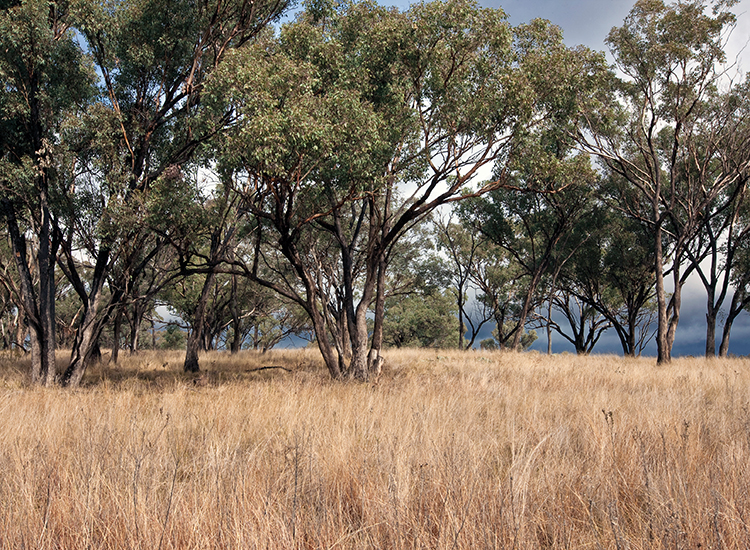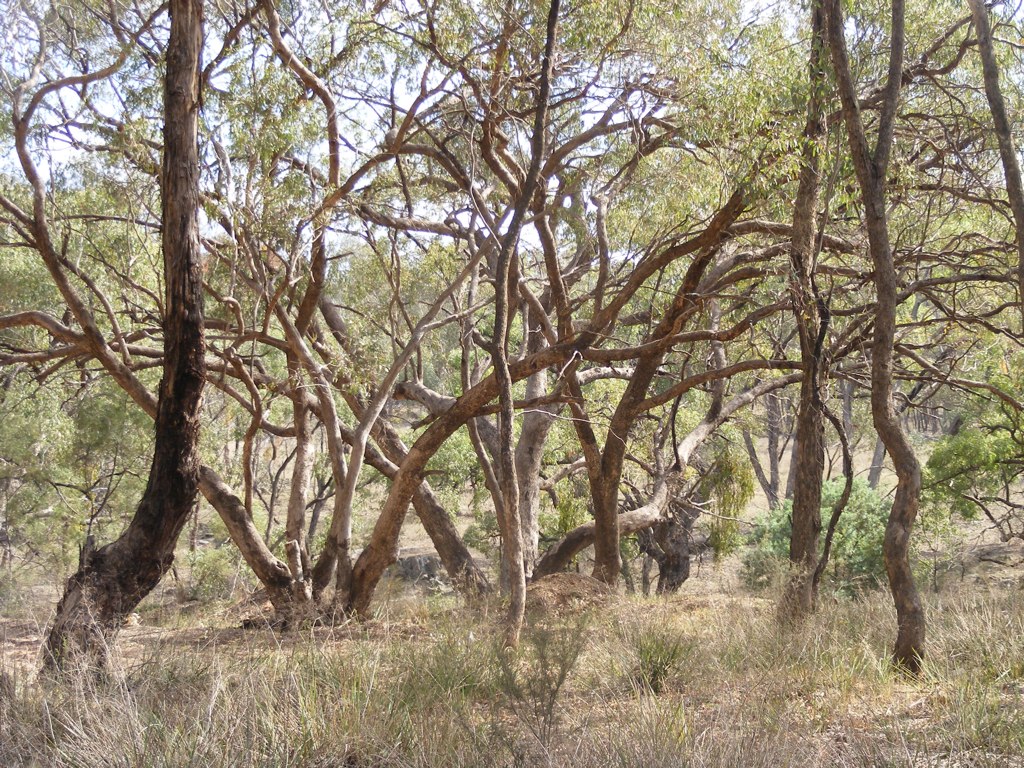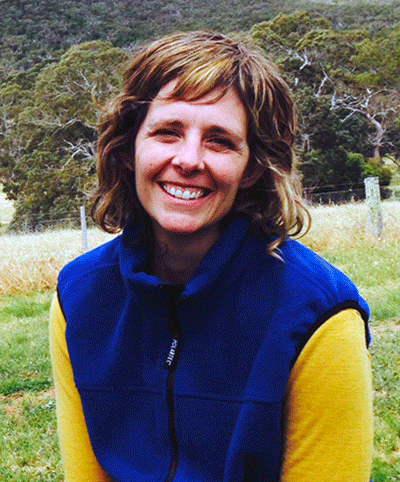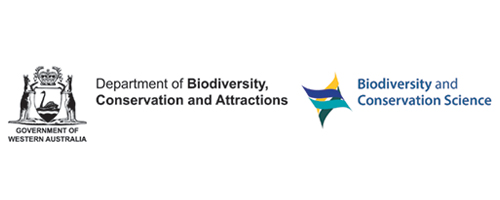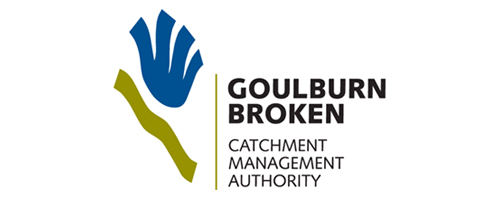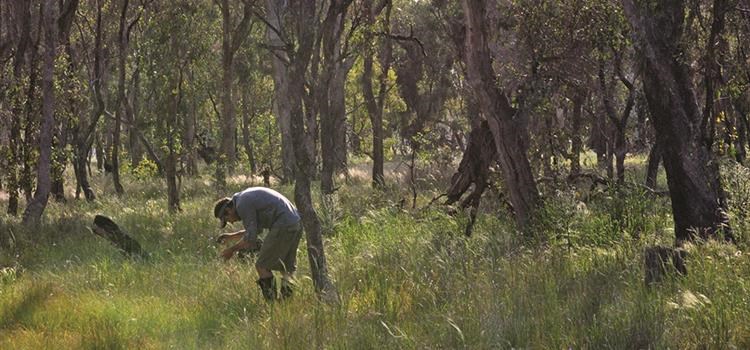
Research in Brief
Of the 19 southern Australian eucalypt woodland communities currently listed as threatened under the Environment Protection and Biodiversity Conservation (EPBC) Act 1999, 15 do not have recovery plans, and in some cases there can be limited conservation guidance for land managers.
This project will develop a framework to aid EPBC Act listing and recovery processes for southern Australian eucalypt woodlands. The framework will include a generalised conceptual model, identification of the most influential threatening processes, and guidance on management actions to aid recovery. The aim is that this work will contribute directly to the development of future recovery plans for woodland communities in Australia, by providing a template for developing a group recovery plan for multiple ecological communities.
Why is the research needed?
Eucalypt woodlands constitute some of the most extensive and yet highly cleared and degraded ecosystems in Australia. There are 19 eucalypt woodland communities listed as threatened under the Environment Protection and Biodiversity Conservation (EPBC) Act 1999 (14 Critically Endangered, 5 Endangered) but just 4 of these communities currently have recovery plans.
Conservation and recovery plans are typically developed one at a time, and resources for conservation assessment and recovery planning are limited. As such, there is a critical need for a more resource-efficient approach to the recovery planning process, which can hasten the provision of guidance on appropriate woodland management interventions for land managers.
State-and-transition models (STM) have previously been successfully applied in management contexts to help conservation managers better understand how woodlands function and respond to management actions. The STMs help by articulating the different starting and end points for restoration, clarifying the key threats impeding recovery, and exploring which interventions can be harnessed to best target threats.
Establishing a generalised STM for southern Australian eucalypt woodlands will greatly speed up the delivery of science-based advice to conservation managers. The question is, can we generalise and transfer understanding from one system to another to aid effective conservation management, without losing critical aspects of what defines each distinct woodland type?
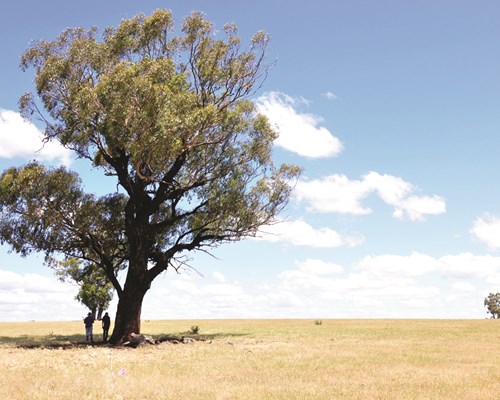
Exotic pasture within a grassy woodland system in central Victoria. Photo: Libby Rumpff
How will the research help?
The project will directly contribute to the development of a group recovery plan for EPBC-listed eucalypt woodland communities, provide a template to improve the efficiency of recovery planning for other EPBC-listed communities, and help inform future national listing assessments and conservation advices for woodland communities.
The project aims to synthesise knowledge of how woodlands function and respond to different threats and management strategies in order to provide generalised advice on woodland condition states, management objectives and actions.
We see that the approach here could be adapted to other ecological community types in the future, to enable more rapid and efficient development of recovery plans, including multiple-community plans.
What research activities are being undertaken?
This research will deliver STMs for a selection of southern Australian temperate woodlands. Through workshops and surveys with conservation managers and planners the team will:
- Evaluate which natural and key threatening processes are most influential in enacting transitions across the spectrum of woodlands.
- Explore existing data/knowledge and utilise expert opinion to inform the development of STM models.
- Specify and compare STMs from diverse woodlands to identify the points of similarity and difference in states of condition and transitional pathways, key threatening processes, and management efficacy.
This ecological knowledge base may then be used to justify the need for differentiated management approaches that aim to improve threat management and recover these systems.
Who is involved?
The project is led by the University of Melbourne who are collaborating with the Australian Government Department of the Environment and Energy, SA Department for Environment and Water, WA Department of Biodiversity Conservation and Attractions, Parks Victoria, NSW Office of Environment and Heritage, CSIRO and Goulburn-Broken Catchment Management Authority.
Where is the research happening?
The research applies to southern Australian eucalypt woodland communities in New South Wales, the Australian Capital Territory, Victoria, South Australia, Tasmania and Western Australia.
When is the research happening?
This project commenced in 2018 and will continue until September 2019.
Further Information
For more information please contact:
Libby Rumpff - lrumpff@unimelb.edu.au
Hannah Fraser - hfraser@unimelb.edu.au
